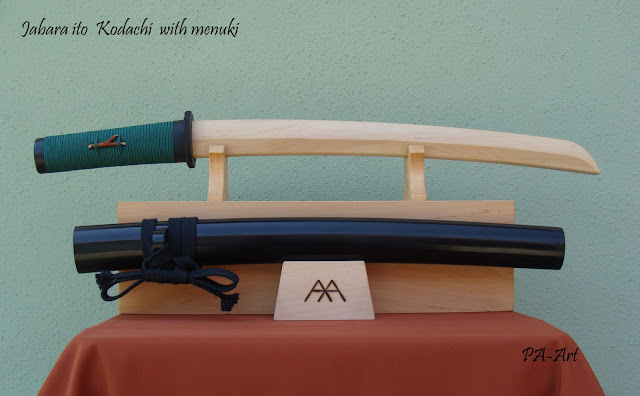From paart budo buki by buki stolar
Hello Budo friends,here is something new, for all who knows that saya was not always black, coloring Saya is a special kind of craftsmanship. There is many colors, patterns and decorations of saya, I will try to apply some of them on my bokkens.
… Read More

 He was very excited about the finds and insisted that I get everything translated over into Japanese for him right away.
He was very excited about the finds and insisted that I get everything translated over into Japanese for him right away.
 ), don’t tell them!).
), don’t tell them!).